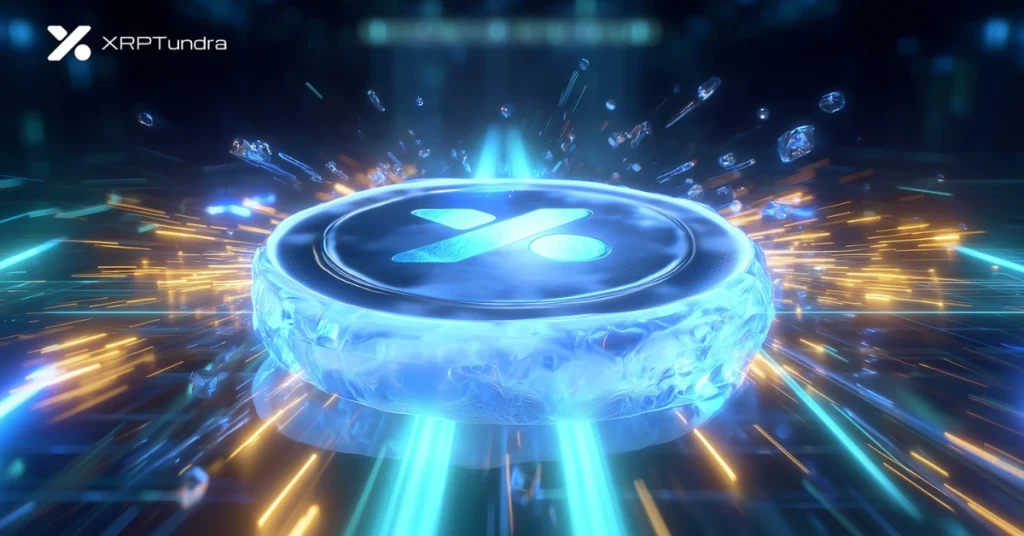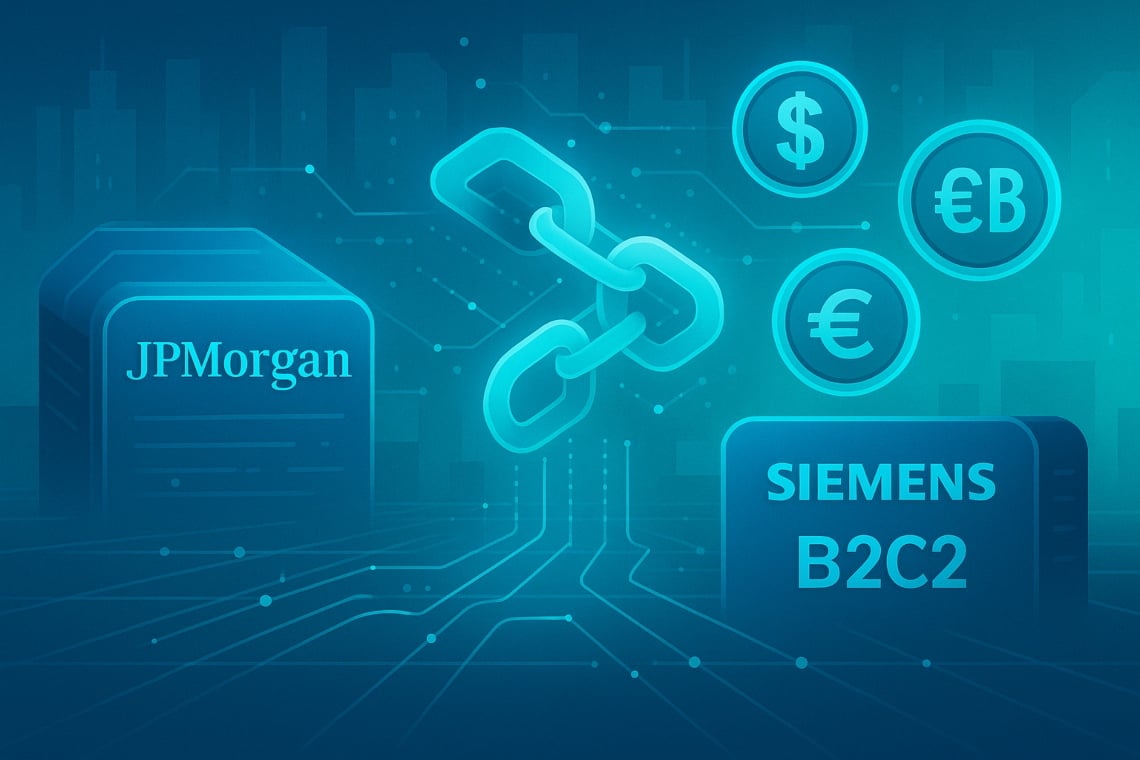This morning, Bitcoin Core developers celebrated improved block reconstruction statistics for node operators while conveniently ignoring the reason for these statistics — the downward trend in fees for Bitcoin’s security budget.
Reacting with heart emojis and thumbs up to a green chart showing over 80% “successful compact block reconstructions without any requested transactions,” they conveniently omitted red trend lines of the fees that Bitcoin users pay for mining security which powered those green statistics.
Block reconstructions occur when a node requests additional information about transactions within a compact block.
Although compact blocks allow nodes to quickly relay valid bundles of transactions across the internet, the more frequently that nodes can reconstruct without extra, cumbersome transaction requests from their peers is a positive trend.
Because so many nodes switched over in August to relay transactions bidding 0.1 sat/vB across their mempools, nodes now have to request less transaction data to reconstruct blocks containing sub-1 sat/vB transactions.
After nodes switched over in August to accept and relay pending transactions bidding less than 1 sat/vB, disparate mempools became harmonized as most nodes had a better view of which transactions would likely join upcoming blocks.
As a result, block reconstruction times improved, as nodes needed less information about these sub-1 sat/vB transactions.
In July, several miners admitted that user demand for Bitcoin blockspace had persisted at such a low that they were willing to accept transaction fees of just 0.1 satoshi per virtual byte — 90% lower than their prior 1 sat/vB minimum.
With so many blocks partially empty, they succumbed to the temptation to accept at least something — even 1 billionth of one bitcoin (BTC) — rather than $0 to fill up some of the excess blockspace.
Read more: Bitcoin’s transaction fees have fallen to a multi-year low
Green stats for block reconstruction after transaction fees crash
After this disappointing reduction in a convention that had been a mempool standard for over a decade, a lovely chart has formed of more green-colored “block reconstructions without requested transactions” for a reference node called bob.
Bob implemented the August 15 fee reduction policy, entitled “lower the default blockmintxfee,” on August 22.
Within a few days, a chart of bob’s requestless block reconstruction rate began to climb from the 20-40% range into the 40-50% range. As of early September, its rate had climbed into the 60% range, and continues to rise into the 80% range as of this week.
Quick to celebrate the efficiency of this representative node reconstructing compact blocks in a more efficient manner, many Bitcoin Core devs used the data to demonstrate the efficiency of harmonizing the 0.1 sat/vB mempool policy with Bitcoin’s base layer consensus policy, which never actually enforced the mempool convention of 1 sat/vB.
Of course, the efficiency has arrived at significant cost. “This is so funny to watch,” laughed a mining pool operator when the first miners started to accept the 90% fee reduction.
“A miner has broken ranks and elected to grab a few bucks extra from the sub-one sat/vByte transactions.”
USD transaction fees paid to miners at multi-year lows
By August, costs for a standard 140 vByte Native Segwit transaction for a regular transfer of BTC soon dropped from about $0.17 to under $0.02.
Average transaction fees per BTC transaction over the past few months continue to trend downward near multi-year lows.
Moreover, total transaction fees paid to miners, measured in USD and excluding coinbase block rewards, are also at multi-year lows.
The silver lining of these terrible trends for Bitcoin’s long-term security budget, however, is a green chart earning applause from some Core developers about improved compact block reconstruction statistics.
Got a tip? Send us an email securely via Protos Leaks. For more informed news, follow us on X, Bluesky, and Google News, or subscribe to our YouTube channel.
Source: https://protos.com/bitcoin-devs-cheer-block-reconstruction-stats-ignore-security-budget-concerns/



